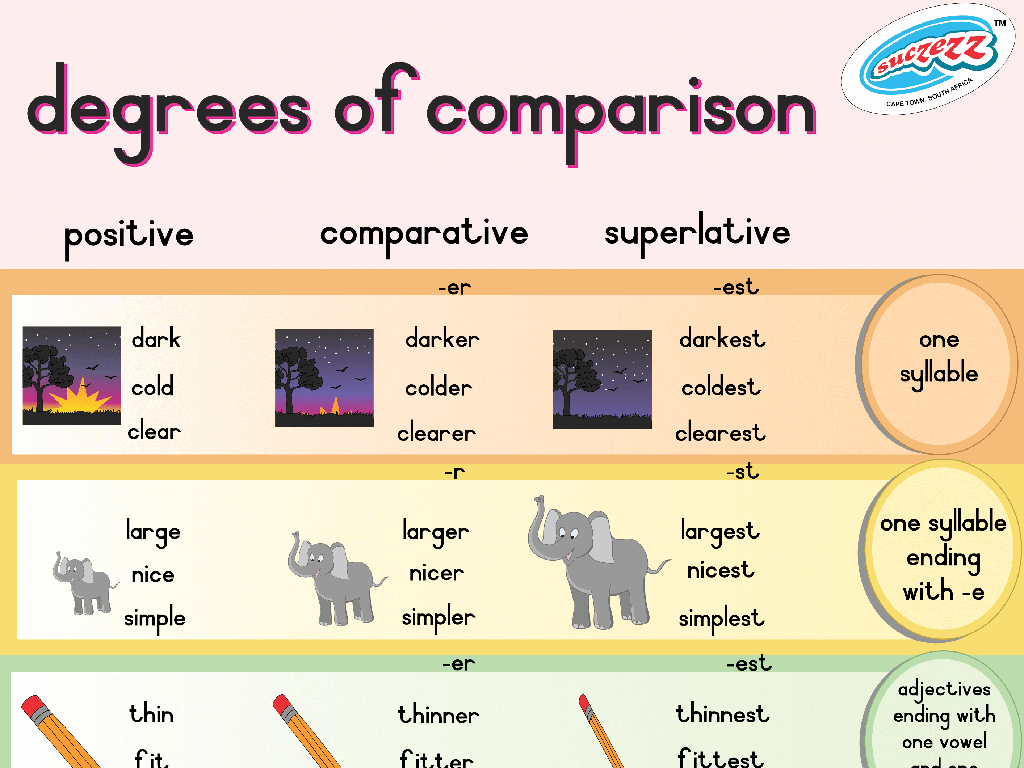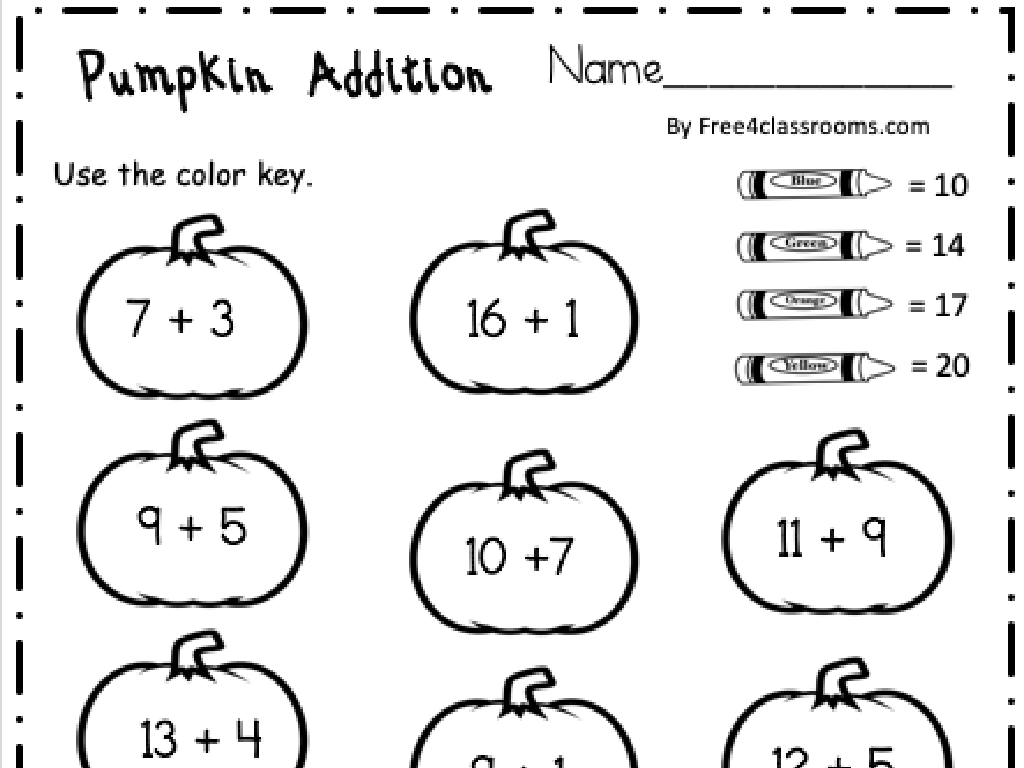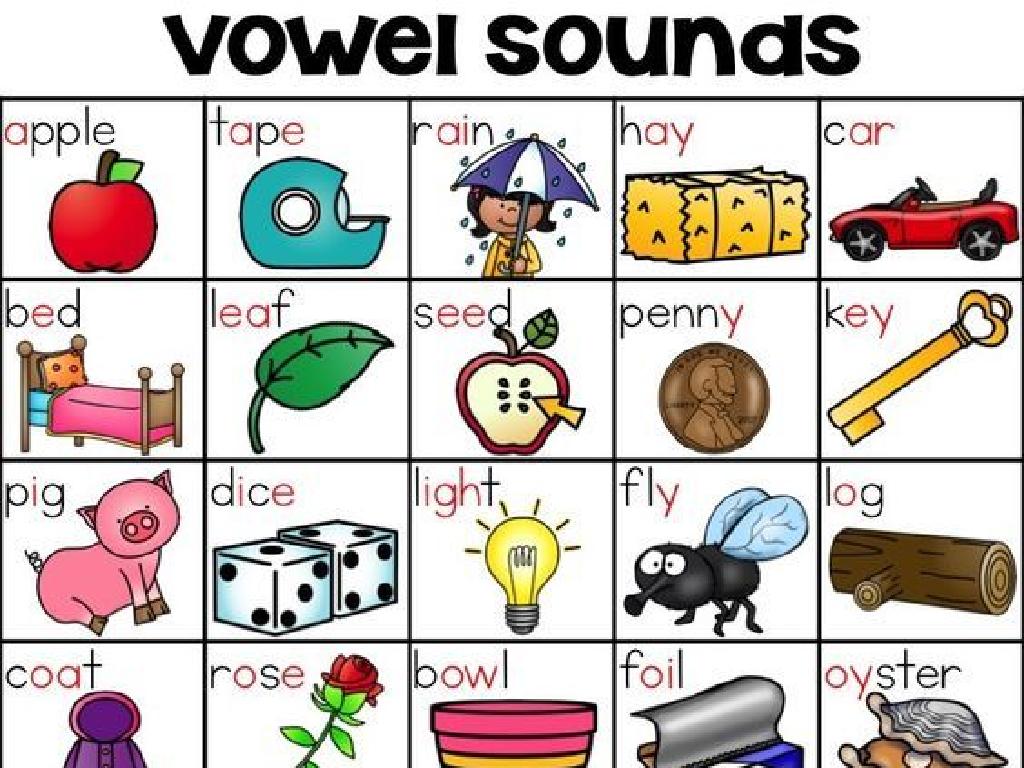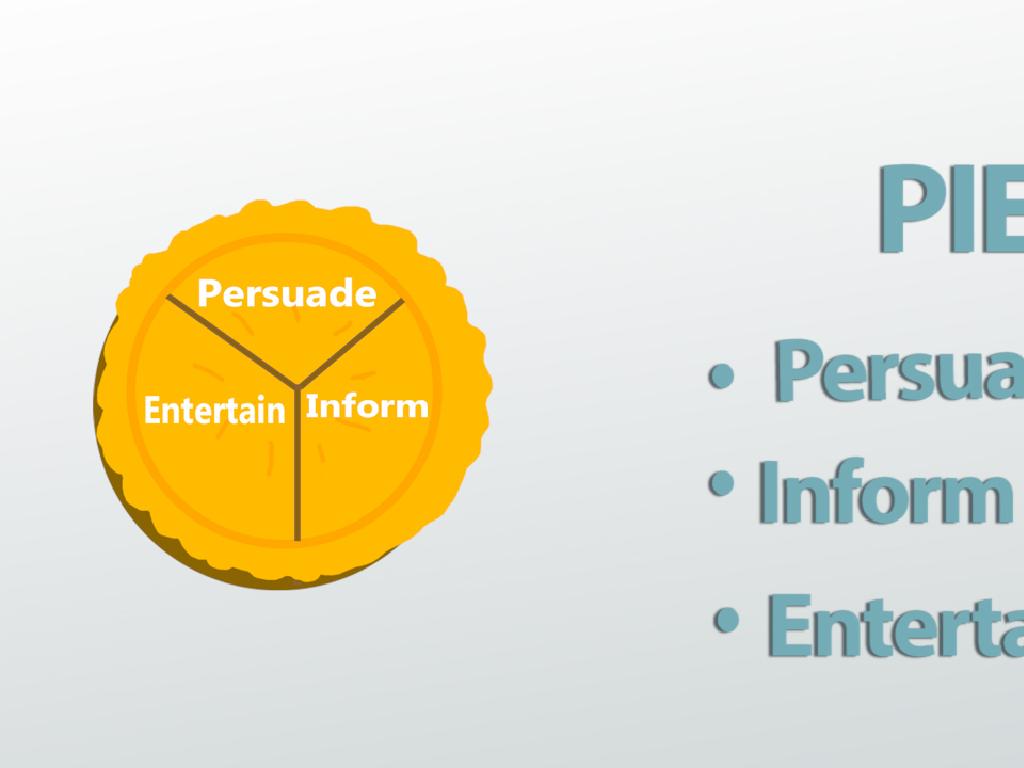Identify Numbers - Up To 10
Subject: Math
Grade: Pre-k
Topic: Numbers To 10
Please LOG IN to download the presentation. Access is available to registered users only.
View More Content
Welcome to Numbers!
– Greetings little mathematicians!
– Learning numbers up to 10
– We’ll count from 1 to 10 together
– Numbers are all around us
– Look around, can you spot numbers?
– Fun with numbers
– We’ll play games to find and count numbers
|
This slide is designed to introduce Pre-K students to the concept of numbers up to 10. Start the lesson with a warm and engaging greeting. Encourage the children to observe their surroundings and identify numbers they see in the classroom or at home. Use real-life examples that are relatable to them, such as counting toys, fingers, or items in the room. Incorporate interactive activities such as number games, songs, or counting exercises to make the learning process enjoyable and memorable. The goal is to create a foundation for number recognition and counting skills in a fun and supportive environment.
Let’s Learn About Numbers 1-10!
– Numbers help us count
– Every number has a name
– One, Two, Three, and so on
– Every number has a symbol
– 1, 2, 3, etc. are symbols
– Meet numbers 1 to 10
– We’ll learn to recognize these numbers!
|
This slide introduces Pre-K students to the concept of numbers and their significance in counting. Start by explaining that numbers are like friends, each with a unique name and a special symbol that we write down. Show them the numbers 1 through 10, emphasizing the name and symbol for each. Use visual aids like number flashcards to help them associate the name with the symbol. Encourage the children to repeat the names and symbols after you to reinforce their learning. The goal is for the students to become familiar with recognizing and naming numbers 1 through 10.
Learning About the Number 1
– This is the number 1
– One is the first number
– It’s the start of counting!
– Find one toy in the classroom
– Look around and pick any toy
|
This slide introduces the number 1 to Pre-K students. It’s important to emphasize that 1 is the very first number we use when we start counting. Use visual aids like holding up a single finger or showing a flashcard with the number 1. Encourage the children to find a single toy in the classroom, which will help them associate the concept of ‘one’ with physical objects. This activity aids in developing their counting skills and number recognition. Be prepared with a variety of toys and ensure each child has a chance to participate in the activity. Discuss with the class how each child has chosen one toy and reinforce the concept by counting together.
Learning Numbers 2 to 5
– Recognize numbers 2, 3, 4, 5
– Count objects for each number
– Counting with items like toys or snacks
– Show two hands
– Two hands have a total of ten fingers; show only two
– Find three crayons, four blocks, five fingers
– Search for these items to match with numbers
|
This slide is aimed at helping Pre-K students identify and understand the numbers 2 to 5 through interactive activities. Start by showing the numbers and saying them out loud. Then, engage the students in counting real-life objects that correspond to each number to solidify their understanding. Encourage the children to show two hands as a way to visualize the number 2, even though they have more fingers in total. For numbers 3, 4, and 5, have them find and count out crayons, blocks, and fingers, respectively. This hands-on approach helps with number recognition and counting skills. Be prepared with items in the classroom for the counting activity and ensure each child has a chance to participate.
Numbers 6 to 10: Counting Up!
– Say hello to numbers 6 to 10
– Each number has one more object
– Notice how 7 has one more than 6
– Counting practice with objects
– 6 apples, 7 stars, 8 ducks, 9 balloons, 10 cookies
– Recognize and say the numbers
– Practice by pointing and counting aloud
|
This slide introduces the children to the numbers 6 through 10, building upon their existing knowledge of numbers up to 5. The focus is on understanding that as we move up the number line, each number represents a quantity that is one more than the previous number. Use real-life objects or illustrations to help children visualize and count the numbers 6 to 10. Encourage them to count out loud and use their fingers to represent each number. Reinforce the concept by having them repeat the numbers and count the objects in the classroom or at home. This activity will help solidify their number recognition and counting skills.
Number Matching Game
– Let’s play a matching game!
– Match numbers to objects
– See a number? Find that many toys.
– Get set to find pairs!
– Ready, set, match!
|
This slide introduces a fun and interactive game to help Pre-K students identify numbers up to 10 by matching them with a corresponding number of objects. The activity is designed to reinforce number recognition and counting skills. For the game, prepare sets of cards with numbers on one set and a corresponding number of objects on the other. Students will mix and match to find the correct pairs. Possible variations of the activity could include matching number cards to groups of fruit, toy cars, or stickers. Encourage students to count out loud as they match to reinforce learning. This game can be played individually or in small groups to promote collaborative learning.
Number Song: Sing Along to Learn!
– Let’s sing the number song
– Singing helps remember numbers
– Music makes memorization easier
– Follow and sing with me
– I’ll lead, and you repeat after me
– Have fun learning numbers 1-10
|
This slide is designed to engage Pre-K students in a musical activity that aids in memorizing numbers up to 10. The number song should be simple, catchy, and repetitive to ensure that the children can follow along and remember the sequence of numbers. Encourage the students to sing loudly and clearly, and use hand gestures or visual aids to represent each number as you go. This activity not only makes learning fun but also leverages the power of music and repetition to help young learners grasp basic numerical concepts. Prepare to lead the song, and consider having props or a number chart to point to as you sing each number. After the song, you can have the students practice counting objects or using their fingers to reinforce the numbers they’ve sung.
Class Activity: Number Hunt
– Let’s search for numbers 1 to 10
– Find objects matching numbers
– For example, 1 clock, 2 windows, 3 books…
– Team up with classmates
– Collect all numbers together
|
This activity is designed to help Pre-K students recognize and identify numbers up to 10 in a fun and interactive way. By searching for objects around the classroom that correspond to the numbers 1 through 10, students will engage in a hands-on learning experience that reinforces their counting skills. Encourage them to work in small groups to foster teamwork and ensure that each child is actively participating. As they find objects, have them count out loud and discuss the numbers they’ve found. Possible variations of the activity could include finding a specific number of items, such as 4 blue crayons or 7 blocks, to further reinforce number recognition and counting skills.
Review and Goodbye: Celebrating Numbers 1-10
– Celebrate our learning today
– Recap: Numbers 1 to 10
– We’ve practiced counting from one to ten together!
– Big clap for great counting
– Clap loudly for your hard work in learning to count
– Say goodbye until next time
|
This slide is meant to conclude the lesson on identifying numbers up to 10. It’s a celebration of the children’s effort and achievement during the class. Start by praising the students for their hard work and participation. Recap the main points by quickly going over the numbers 1 to 10, perhaps with a visual aid or by having the children hold up fingers to represent the numbers. Lead the class in giving themselves a round of applause to reinforce their success and build confidence. End the lesson on a positive note, expressing excitement for the next time you’ll meet and learn together. This positive reinforcement helps to instill a love for learning and pride in their accomplishments.






